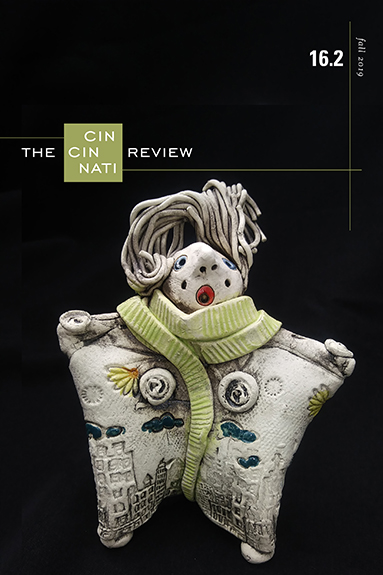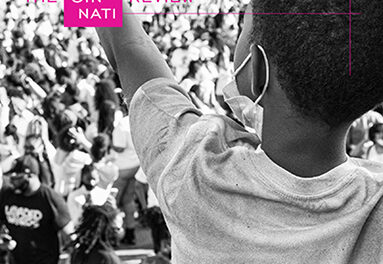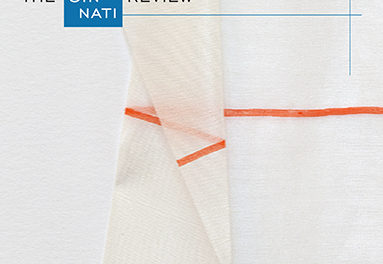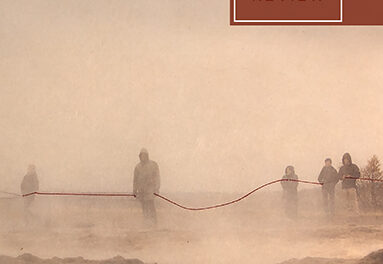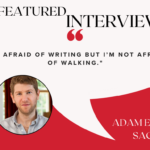On my medical records, the procedure’s sometimes called a scar revision, which makes more sense if one considers that the flesh on my right cheek had nearly a year and a half to heal into a scar, smooth as a wax taper’s cooled drippings, before the reconstructive surgeon reopened the matter. More often than not, however, my charts and insurance claims name it wound revision. I understand this better. Although my flesh had healed, a wound still gaped, sucking air. And the work to change it was fine, delicate as scrimshaw: shift the path of the scar, like one might redirect a river, so as to allow for more flexibility in my cheek and jaw muscles, a more natural smile; split the scar’s end just beneath my eye into a snake’s tongue so as to reduce tension, thereby lowering the chances that my lower eyelid would pull away and cause the organ damage; and fill the cheek to cherubic proportions with fat vacuumed from my lower abdomen. And wherever a little extra skin was needed, a little was taken from around the site of the lipo. Me, a decoupage of my own materials. This was meant to be the first of three surgeries—the surgeon had grand plans to gradually smooth and reshape, to make the scar less noticeable, something that seemed to him a quality-of-life concern for a woman. But I refused the knife and hose again. My eye was safe, and I could smile. To revise my wound again was a lot like retelling a story toward a happier ending, even though I, the protagonist, had already survived. I’d beaten the cancer at twenty-five. I thought of my scar as something of a chimera between a grammar and the upside-down checkmark of a narrative arc. The scar was the story, and to revise its telling would be to revise the memory it represented. The surgeon held up a mirror to my face after he’d removed the sutures. It seems so apparent and obvious now, he said, but it will soon fade.
. . .

